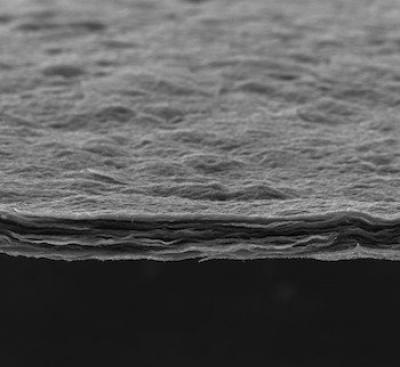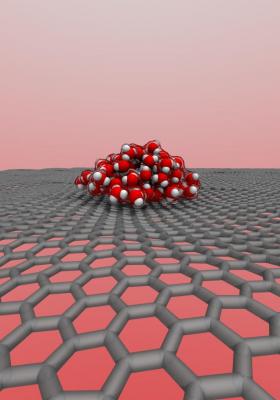PEN announces launch of graphene-based product for use in pharmaceuticals
 PEN (Products Enabled by Nanotechnology), a U.S-based company that seeks to harness the potential of nanotechnology in real-world applications, has announced the launch of a graphene-based product to be used in the production of nuclear pharmaceuticals that will be used as diagnostic imaging biomarkers. Patients are given such pharmaceuticals when undergoing Positron Emission Tomography (PET) which is a molecular imaging system that provides clinicians detailed information about diseases such as cancer, neurological disorders and cardiovascular disease.
PEN (Products Enabled by Nanotechnology), a U.S-based company that seeks to harness the potential of nanotechnology in real-world applications, has announced the launch of a graphene-based product to be used in the production of nuclear pharmaceuticals that will be used as diagnostic imaging biomarkers. Patients are given such pharmaceuticals when undergoing Positron Emission Tomography (PET) which is a molecular imaging system that provides clinicians detailed information about diseases such as cancer, neurological disorders and cardiovascular disease.
The new product has been developed by Applied Nanotech, PEN's subsidiary. It is a thin carbon foil made of layers of graphene for use in cyclotron accelerators that produce nuclear pharmaceuticals. The new graphene foils were part of a DOE Phase II SBIR effort to develop carbon foils for next generation ion beam accelerators, and can serve as either stripper foils or extraction foils, both of which are integral to the operation of ion beam accelerators.





